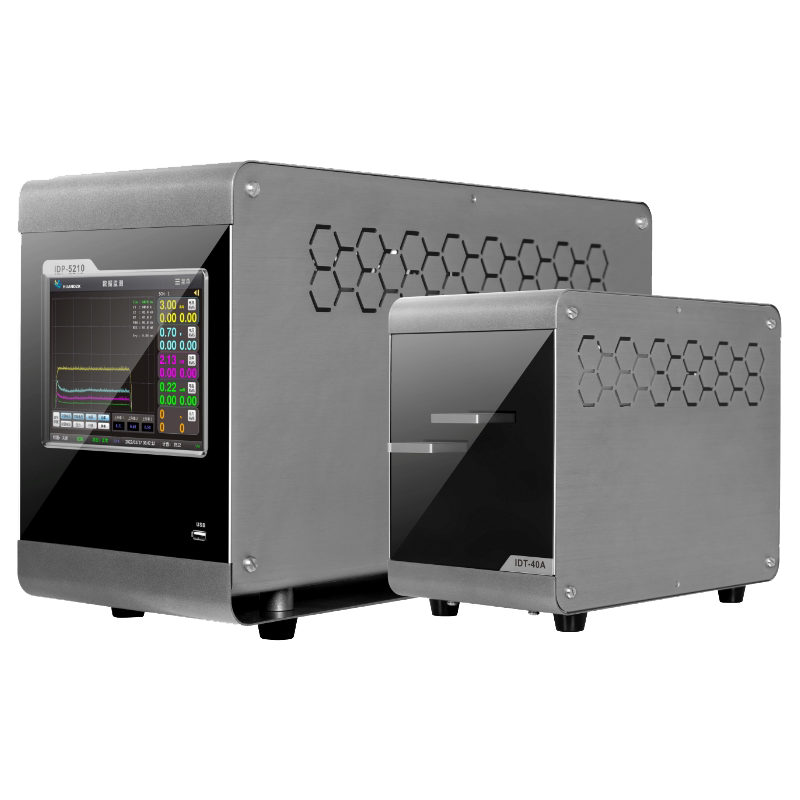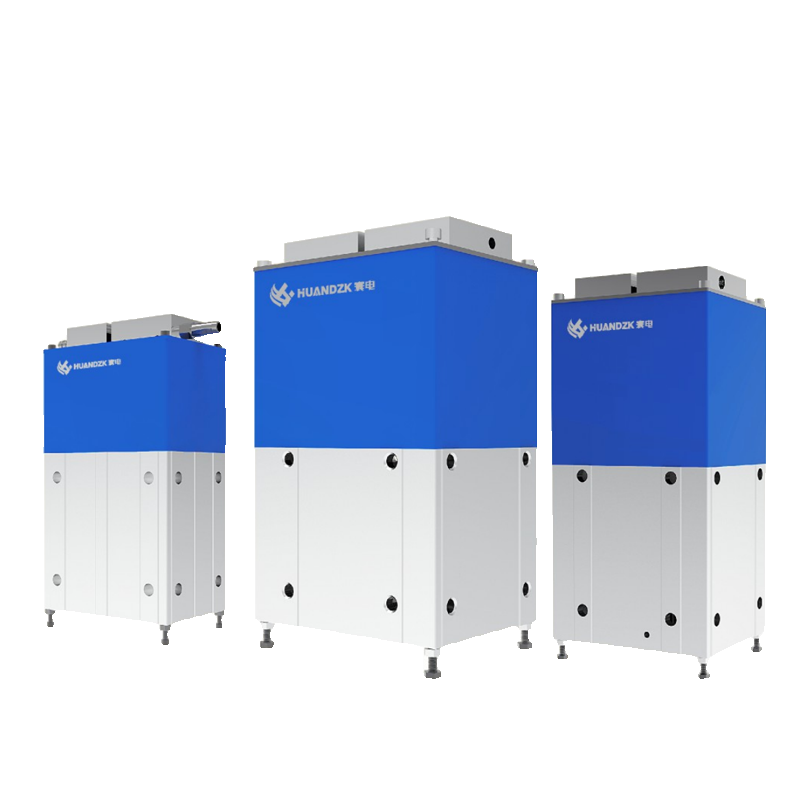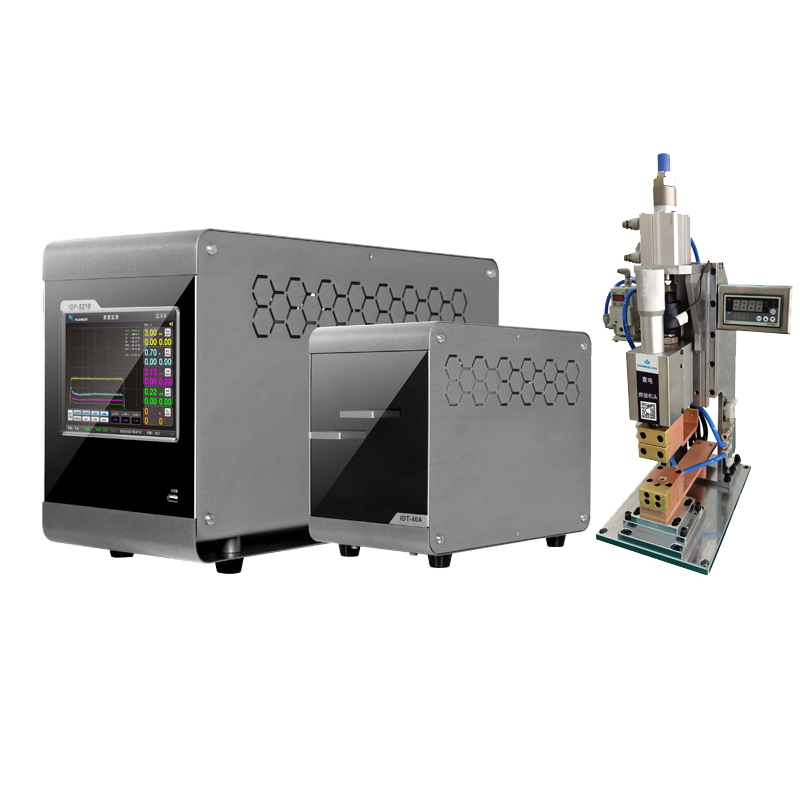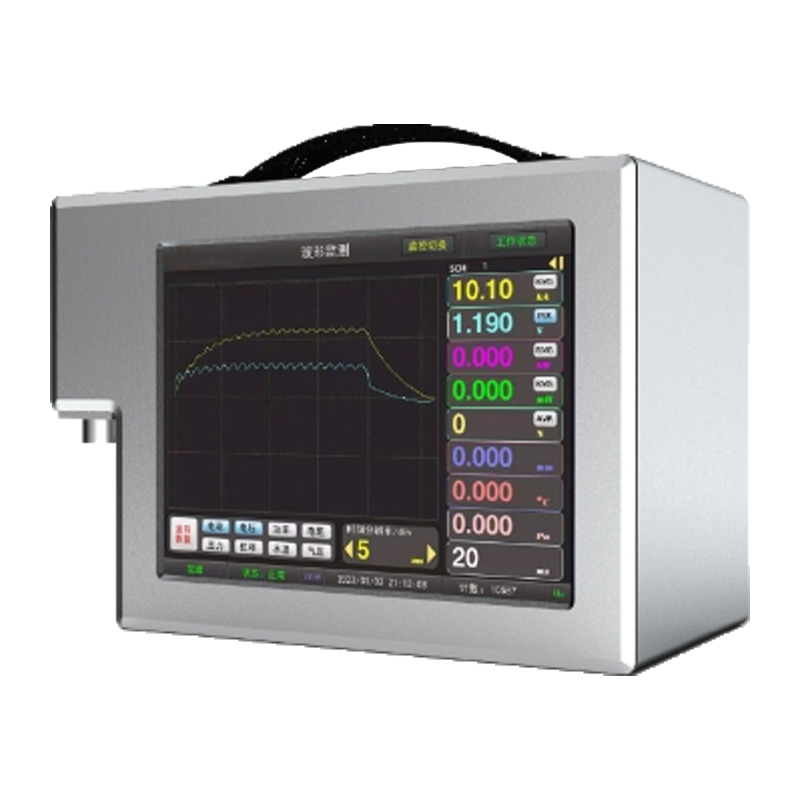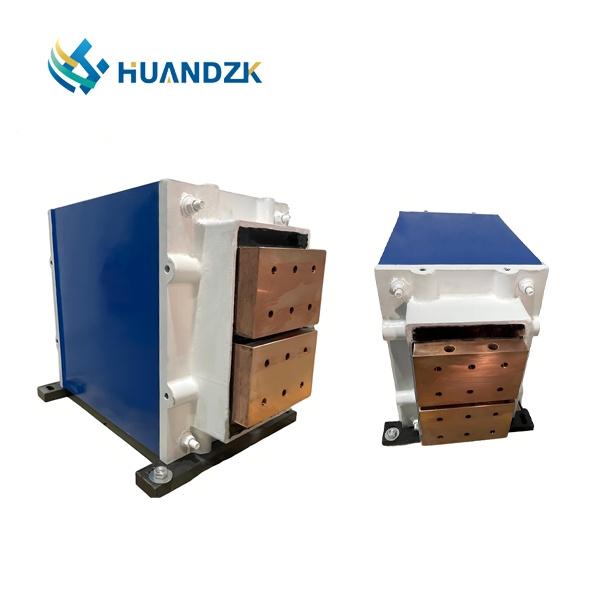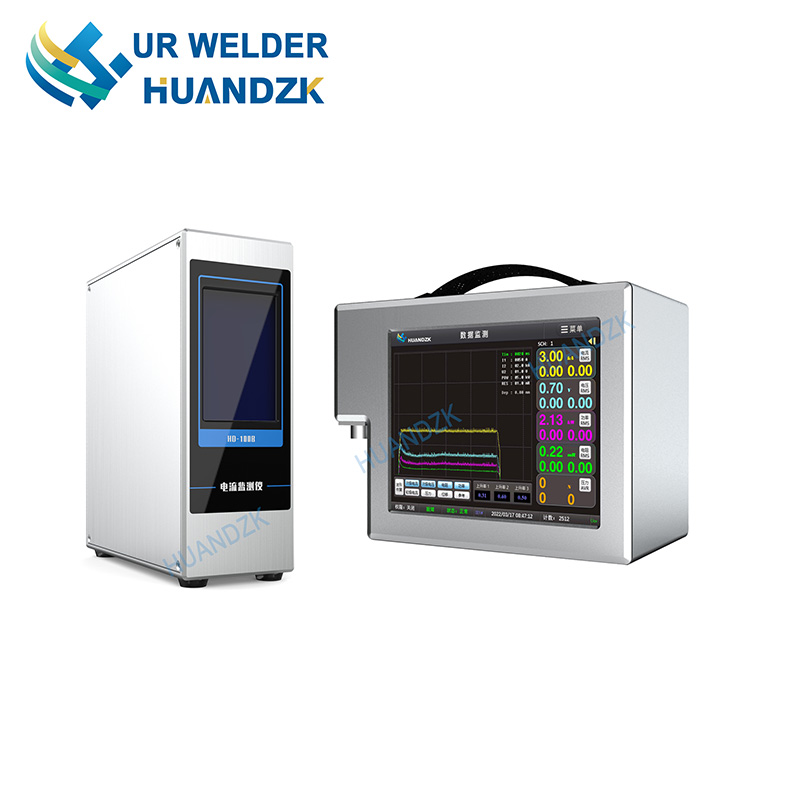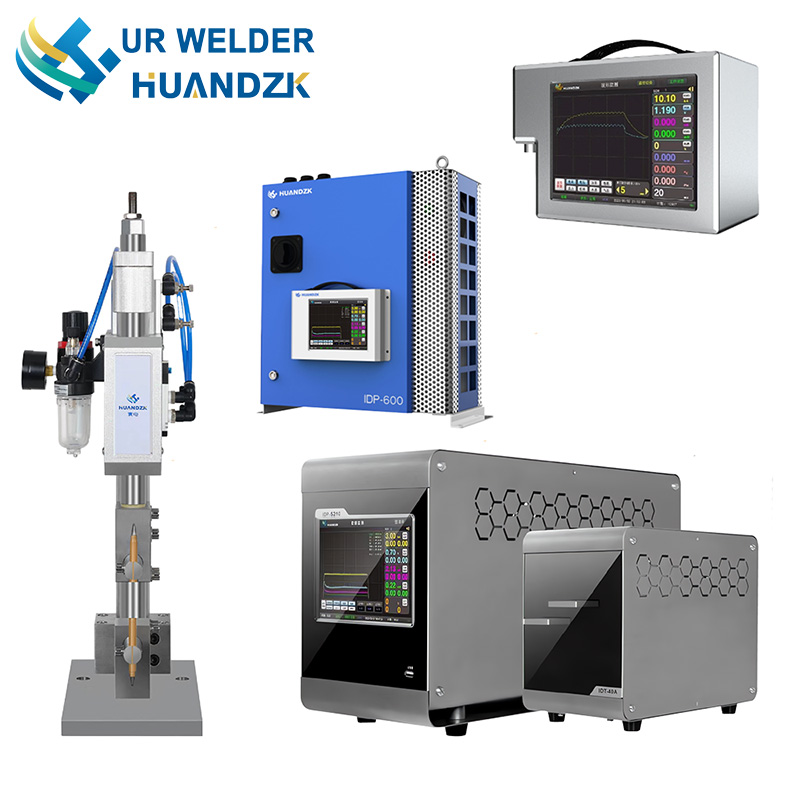How to debug after installing the precision spot welding machine? After installing the precision spot welding machine, its debugging work can be divided into three steps. How to operate it specifically? Next, let me briefly introduce it to you:

(1) Inspection before power on,
After the spot welding machine is installed, you must first check the correctness of the installation, that is, according to the provisions of the spot welding machine manual, check whether the wiring is correct, measure whether the power supply voltage meets the regulations, measure whether the insulation resistance of each part to the ground meets the requirements, whether the grounding is reliable, whether the water and gas pipelines are unobstructed, etc.
(2) Power on inspection,
After confirming that the spot welding machine is correctly installed, you can perform a power-on inspection. The power-on inspection can not only check the installation quality, but also check whether the corresponding voltage value is consistent with the nameplate value when the welding transformer level changes, and whether the electrical parameters of each part of the controller and its output signals are consistent with the corresponding requirements of the spot welding machine manual, so as to prevent the spot welding machine from causing malfunctions during operation. After the inspection and measurement, you can perform a no-load test run. That is, insulate the electrodes of the spot welder or connect a variable resistor with a large resistance in series between the electrodes, start the spot welder, and check the working procedure and pressurization method of the spot welder. Through the above comprehensive inspection, it is possible to determine the reliability of the spot welder and controller adjustment, whether the electrode descends smoothly without impact, whether the pressurization system works normally, and the flexibility of the various moving parts of the spot welder.
(3) Debugging of welding parameters
The debugging of welding parameters is carried out through welding test pieces. The materials used for welding test pieces (or test pieces) are determined by the type of spot welder and the type of product material welded in production. For example, low-power spot welders are generally only used to weld low-carbon steel, and only low-carbon steel test pieces need to be welded during the test. High-power spot welders can be used to weld various steels and aluminum alloys. If these two types of materials are also welded in production, these two types of materials must be selected during the test. If only one type of material is welded in production, the material used in production should be used during the test. During the test, low carbon steel is welded first, then alloy steel; or rust-proof aluminum alloy is welded first, then hard aluminum alloy; or steel is welded first, then aluminum alloy. The thickness of the welding test piece is the minimum thickness and maximum thickness specified on the nameplate of the spot welding machine, and the test piece with the minimum thickness is welded first, then the test piece with the maximum thickness. In the test, the best quality weld spot is obtained by adjusting the welding parameters. The inspection method of welding quality is determined according to the highest quality standard in production:
1. Visually inspect the surface quality, indentation depth and shape of the weld;
2. Tear to check the diameter and uniformity of the weld core;
3. X-ray penetration to check the weld cracks and internal shrinkage holes. For aluminum alloys containing copper, the uniformity of the weld core composition can also be checked;
4. Metallographic inspection of the weld core penetration, diameter, internal cracks and shrinkage holes;
5. Tensile test to determine the shear resistance and uniformity of the burst point, and determine the plasticity of the weld through fracture analysis. If the results obtained from the test meet the requirements of the relevant quality standards, the welding parameters used in the debugging can be considered as the best parameters;
In short, the debugging method of the spot welding machine can be selected according to the specific situation. If you are installing or debugging a spot welder for the first time, or are not familiar with the working principle of the spot welder or controller, you can first perform offline debugging (debugging the spot welder and controller separately), and then perform online debugging. Through offline debugging, you can detect the reliability and adjustability of each part of the spot welder and its controller, and be familiar with its working principle, so as to prepare for correct online debugging.
The above content is the knowledge related to the installation and debugging of precision spot welders, and I hope it will be helpful to you. Huandian Intelligent Control Technology (Guangdong) Co., Ltd. is a professional welding equipment manufacturer, focusing on the development and sales of high-efficiency and energy-saving resistance welding machines, automated welding equipment and industry-specific welding equipment. If you are interested in our spot welders, please contact us.
